Turkey hunting is a trendy sport that involves the pursuit of wild turkeys. It is a sport that has weathered the dynamic tales of time and has become a time-honored tradition. I supposed that this sport dates to the Native Americans, and then even the European settlers took hunting turkeys to pass the time till it got embedded into their culture.
There are over 7 million wild turkeys in North America. Usually, many people engage in the hunt for turkeys in the fall, and some also believe it is a dying activity. It is practiced in the countries of North America, Mexico, and Canada, amongst many others.
One of the most important things to remember when going turkey hunting is identifying the various varieties. There are many types of wild turkeys, and some are meant to be hunted, and some aren’t, so if you have never hunted before or are an amateur hunter, you need to know how to differentiate between these species.
There is Hen, Jake Turkey, and Tom Turkey. The Tom turkey is also called Long Beard Turkey and Gobbler Turkey. Hens are female turkeys and have characteristics like being small, having dark brown and dull hued feathers, short tail feathers, and short leg length.
Jake and Tom are Male turkeys and are often very difficult to differentiate. Every turkey hunter has a different answer to how one differentiates between the Jake and Tom turkeys, so to answer this dilemma, we have compiled a list of various ways to differentiate between these two types of turkeys.
There is a fundamental difference before starting with the list: Jake is an immature male bird whose age would be one human year while a gobbler is a mature turkey of more than two human years.
It is vital to differentiate between them because it is illegal to shoot specific turkeys species in some countries, and no one wants to get on the wrong side of the law. This will often not be a legal rule, but some people feel guilty killing a young turkey and are uncomfortable about shooting them. There is nothing wrong with hunting either Tom or Long Beard, except when it is illegal if you are happy with your decision.
Moving forward, when you can plan the type of turkey in front of you, it all comes down to the turkey’s looks and behavior. From beards, tail feathers to the color of the head, gobbles, and behavior, these factors help determine These types to differentiate between Jake Turkey and the Long Beard Turkey.
Below is a list of all the differences and explanations for them to understand Jake Turkey’s characteristics and the Gobbler Turkey.
Table of Contents
Turkey Beards
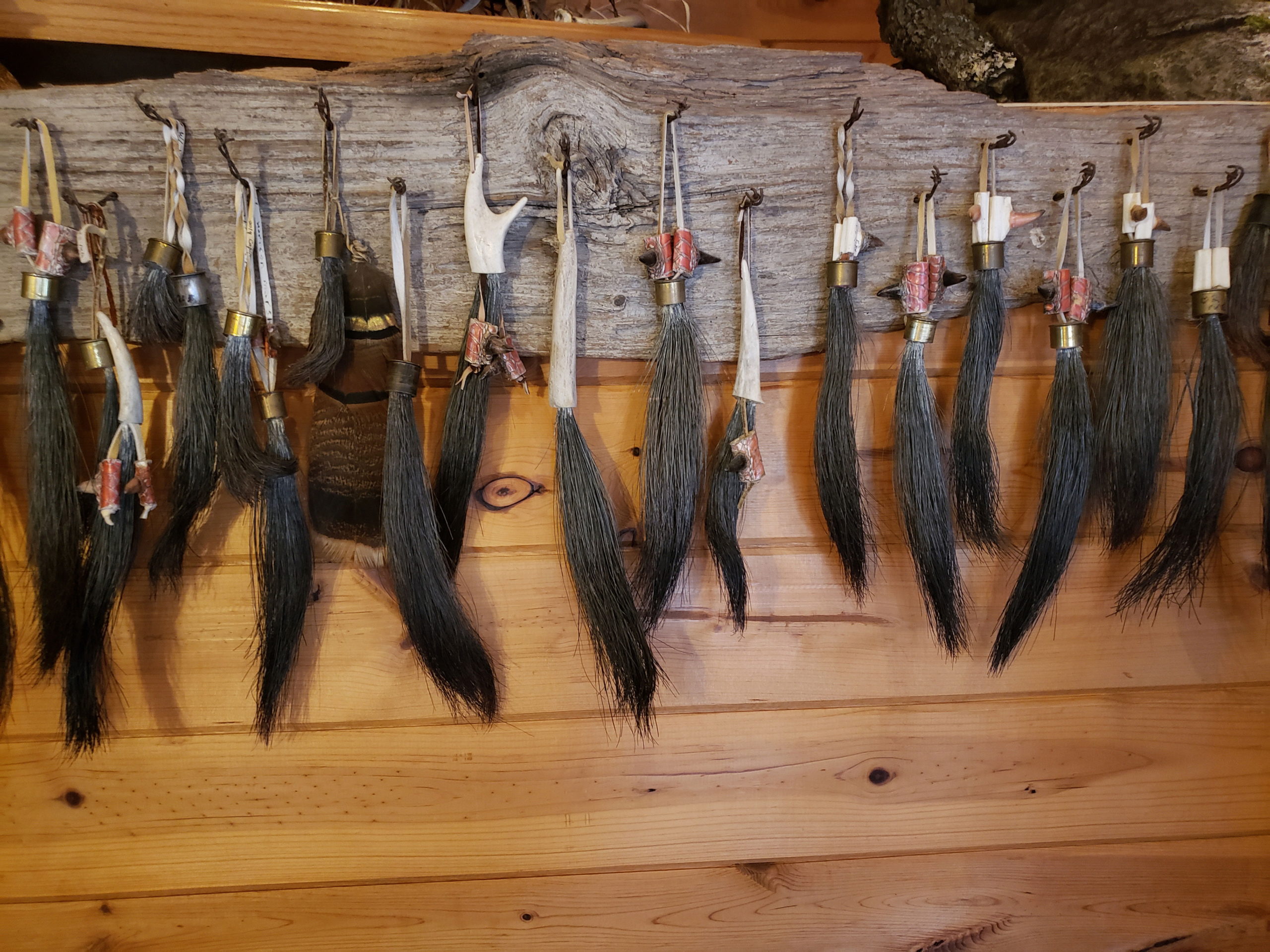
Turkey Beards is a key identifier. It also helps one distinguish between females and males. The Hens have dark brown breast feathers while the males have black breast feathers.
In the males, Jake Turkey has short beards of about 2 to 3 inches, while the Long Beard Turkey has beards of the length up to 10 inches, which is also the cause of its name. Often the Long Beard Turkeys also have multiple beards showing their maturity.
Only Long Beard Turkeys don’t need to host multiple beards, but only rarely will you run across a Jake Turkey with multiple beards, while a Hen Turkey might also have a beard. The beard of a Hen Turkey will usually be very wispy and short. Many regulations permit you to hunt Turkeys with beards.
Tail Fan

Another common identifier is the Tail Fans. During the summer, Jake Turkey molts and then starts to lose its feathers. Almost all feathers get shed except for the ones in the region of the beard and the central tail feathers, thus resulting in the central tail feathers being above the rest of the fan when the rest of the feathers grow back in.
This extra length causes the fan to look uneven and awkward, which can be seen prominently when the turkey walks around. In the turkey’s second summer, it sheds all its feathers, so they grow back uniformly.
This shows a sign of maturity, so only Gobbler Turkeys will have a uniform tail fan while Jake Turkey will have an uneven and awkward fan. Sometimes, due to forests’ wild nature, even a Gobbler Turkey might have an uneven fan because of losing a few feathers to predators. Still, on looking closely, the unevenness will not be as much as Jake Turkey’s.
Head Colour
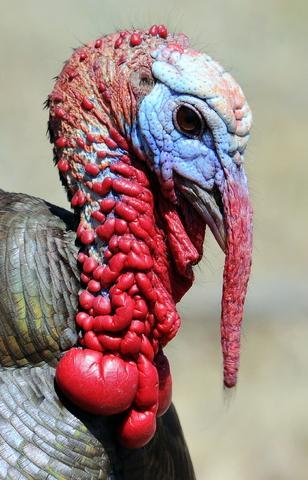
Tom Turkeys and Jake Turkeys typically have the same head colors and are a lot different from those of their female counterparts, but there is a slight difference between their heads during the spring breeding season.
Jake Turkey has a paler hue to their usual red and blue heads during this season, while Tom Turkey has a vibrant array of red shades and blue shades to their usual head color.
These vibrant colors help in attracting mates. Some white spots on their head are also found, making it easy to differentiate between the two turkeys during the hunt for the mature turkey bird.
Turkey Spurs
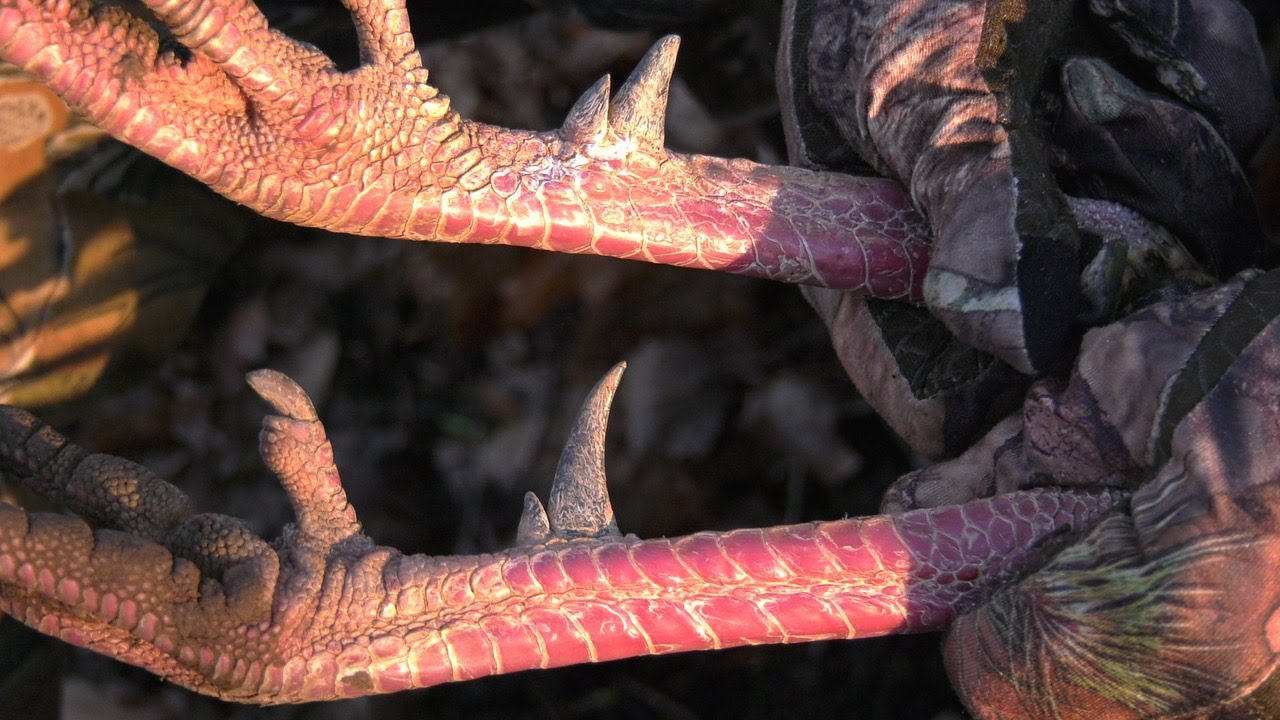
Turkey Spurs are also one of the common ways hunters differentiate between Jake Turkeys and Long Beard Turkeys. It helps determine the age accurately. Jake Turkeys have short and conical spurs that are slightly rounder.
Their spurs are around half an inch in length. On the other hand, a Long Beard Turkey has slightly longer spurs that are straight and pointed. They are longer than half an inch in length. As the Turkeys grow older, their spurs get more curved and hooked in form.
Gobbles
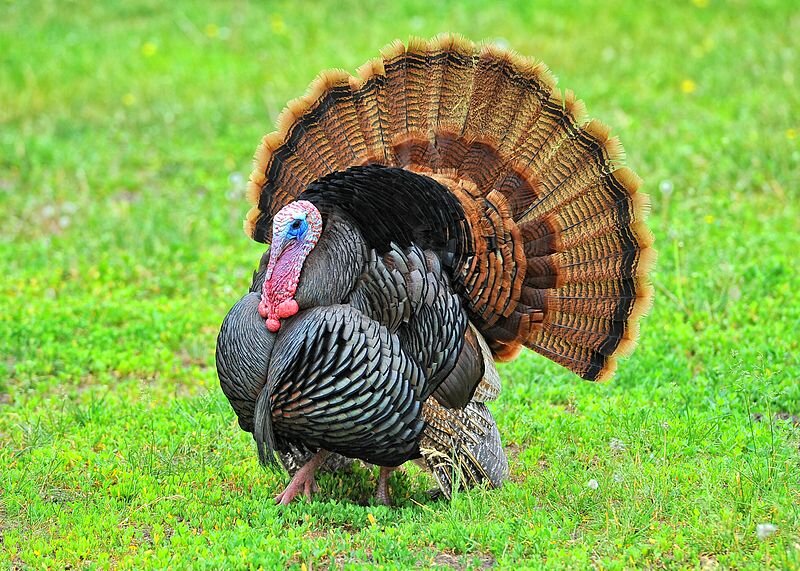
Gobbles are an identifier that requires patience and complete silence. It requires the hunter to use their hearing skills to their best as it is based on the kind of gobble the turkey in front is producing.
Gobbler Turkeys give a long, loud, and very good gobble, and in comparison to that, a gobble produced by a Jake Turkey is much softer and shorter and often not as good. If you are in a position where a Jake Turkey is making gobble sounds with the Gobbler Turkeys, you will probably be able to see the difference.
Jake Turkey’s gobble sounds like the noise that fellow hunters will be made to blend into the environment, while the gobble of a Gobbler Turkey is loud and like a response to the Death Valley Box call.
Behavior
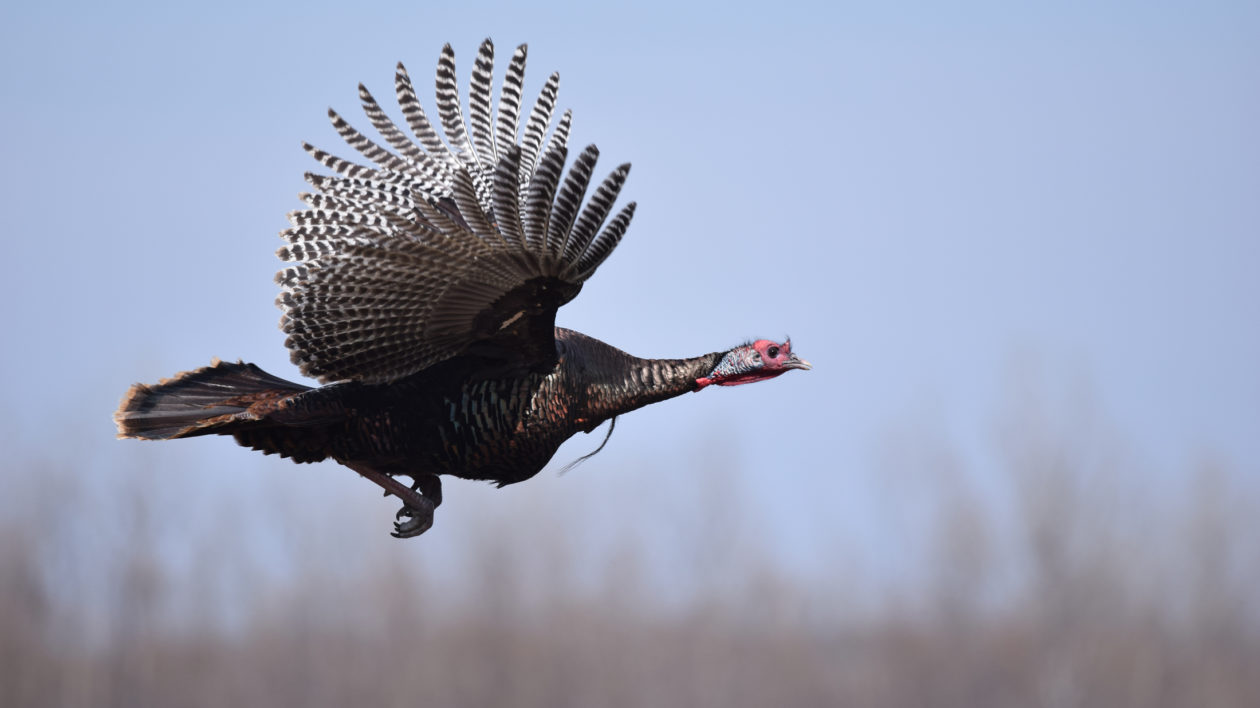
Complimenting the animal kingdom’s general assumption, the older turkeys are more aggressive and loud compared to their younger flock. The Long Beard Turkeys are much more forward and louder in their behavior than the Jack Turkeys, which is why if a Jake Turkey is in the presence of a Long Beard Turkey, then it might not even strut near it.
Although this does not apply to the time when there is a group of Jake Turkeys, they are bolder when teamed up against a single Long Beard Turkey. In hunting, one must be aware of such nuances and decoy strategies.
A weaker, long beard may be more willing to approach hen decoys if there is no other male decoy around, while more robust, more aggressive gobblers may come running in to kick your jake decoys out of town.
All these identifiers are essential, but none of them apply solely individually. They need to be utilized with the complete sense and awareness of the hunter other identifiers’ backingers. Ensure all the conditions before you pull a trigger because a blunder like this cannot be rectified.
Often a hen might be bearded, or a Long Beard Turkey has no spurs or has an irregular fan, while a Jake Turkey might produce a gobble loud and long.
It is essential to be utterly aware while hunting because one is prone to accidents, including injuring a bird that is illegal to hunt or shooting a fellow hunter who was imitating the bird calls with a red and blue hat.
Turkey Hunting is a fun sport that many families enjoy, so to have a hearty experience, make sure you understand all the points carefully and then go into the field.








































